Sugar and the Human Body

by Aliza Becker, BA, MPS Sugar, together with fruits, vegetables, fibers, and legumes, falls under the umbrella term of carbohydrates, which is one of the three macronutrients— alongside protein and fat—present in the human diet.1 Sugar may be categorized in several different ways. First, there are simple sugars, known as monosaccharides, which are considered the […]
Flu and COVID-19 Vaccines: How They Work, Their Benefits, and Their Risks

Vaccines work by injecting a small amount of a specific pathogen into the body. Each pathogen has antigens, a type of protein, on its surface, which trigger the immune system to create antibodies that can destroy the antigens. Antibodies are specific to certain antigens, which is why specific vaccines are needed to treat different diseases. […]
Superfood Spotlight: Algae

According to Encyclopedia Britannica, “Algae are defined as a group of predominantly aquatic, photosynthetic, and nucleus-bearing organisms that lack the true roots, stems, leaves, and specialized multicellular reproductive structures of plants.”1 Sounds simple, but in actuality, algae is straight-up essential to life on this planet, primarily because 1) algae supply most of the planet’s oxygen, […]
Know Your Nutrients: Vitamin K

by Aliza Becker, BA, MPS Vitamin K is the generic name for a family of fat-soluble compounds that share a common 2-methyl-1,4-naphthoquinone ring structure. Vitamin K is naturally present in some foods or available as a dietary supplement.1 Its existence was first reported in the 1930s by Danish biochemist Henrik Dam, who observed that chicks […]
Tired Blood: A Primer on Anemia

Anemia is a blood disorder that affects more than 30 percent of the world’s population.1,2 Anemia occurs when there are not enough red blood cells (RBCs) in the body or their ability to carry oxygen throughout the body is lowered.1–5 . Signs, Symptoms, and Complications of Anemia Anemia actually isn’t a disease. Rather, it’s a […]
Chrononutrition: Is Meal Timing Important?
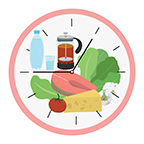
According to the Institute for Integrative Nutrition, “Chrononutrition is the study of how nutrition relates to your body’s circadian rhythm, the internal clock that governs the physical, mental, and emotional cycles of your body. Your circadian rhythm is most affected by light and darkness, and influences sleep, body temperature, hormones, and appetite.”1 It has been […]
Side Plank (Vasisthasana) Variations
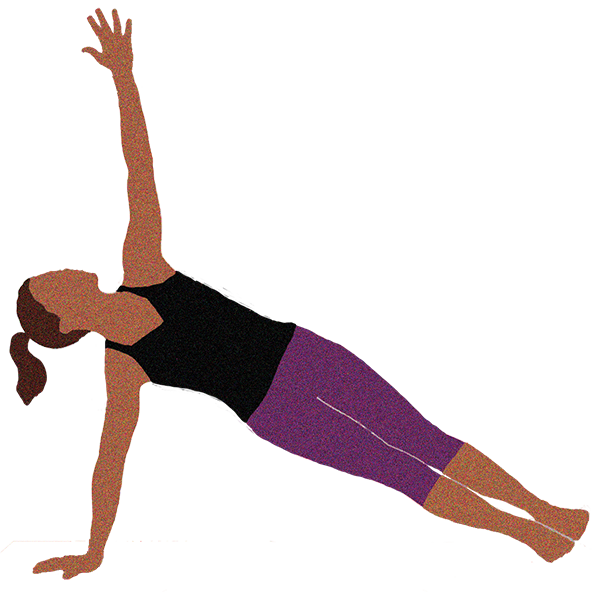
YOGA SouRCES 1. Yetman D. The benefits of a side plank and how to do it safely. 10 Nov 2020. https://www.healthline.com/health/side-plank. Accessed 2 Nov 2021. 2. Yoga Journal site. Side plank pose. https://www.yogajournal.com/poses/types/balancing/side-plank-pose/. Accessed 2 Nov 2021. 3. Pizer A. Vasisthasana side plank pose and variations. Last reviewed 31 Jul 2020. https://www.verywellfit.com/side-plank-vasisthasana-variations-3567151. Accessed 2 Nov […]
Sweet News for People with Diabetes
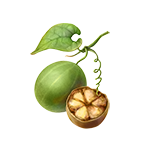
While the sugar content, whether naturally occurring or added during food processing, of many foods can increase blood sugar levels in the body,1 this is not true in every case. For example, monk fruit—a small, round fruit grown in southeast Asia—contains natural sugars such as fructose, but it primarily gains its sweetness from mogroside V, […]
Sugar—Not all that bad?

Although sugar functions as a source of energy for the body, in special cases, it may also provide additional benefits. • Sucrose and glucose have been shown to be effective analgesics in newborns undergoing heel-lancing, venipuncture, or intramuscular injection.1 • Sugar may be useful in wound healing by promoting a low-moisture environment that inhibits bacterial […]
Prediabetes: A Silent Warning That Should Not Be Ignored
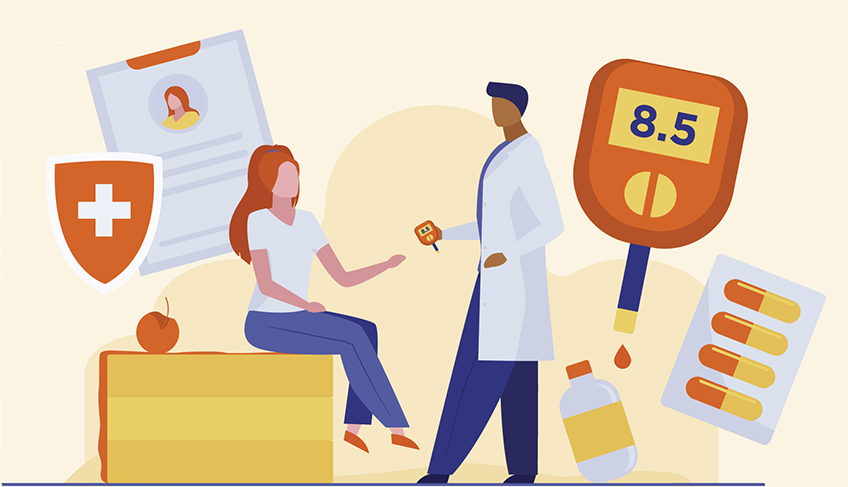
Prediabetes is a health condition that occurs when blood sugar levels are above normal, but are not high enough for a diagnosis of Type 2 diabetes. When left unchecked, prediabetes increases the risk of developing Type 2 diabetes. This is why it is important to catch prediabetes early so that modifications to diet and lifestyle […]
Putting on “COVID-19 Pounds” Due to Working Remotely? Obesity Medical Association (OMA) Offers Tips

In an article posted on OMA’s website November 29, 2021, Dr. Christopher Weber identified the likely culprits behind weight gain associated with working remotely due to COVID-19—inadequate sleep, unmanaged stress, increased sedentary time, and increased caloric intake. He offers some simple ideas on how to improve each of these culprits to manage or prevent weight […]
Osteoporosis: Risks and Prevention
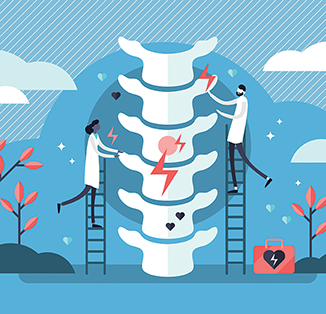
As we age, our bodies gradually begin to lose bone mass, putting us at risk for osteopenia and osteoporosis. These are diseases in which bone mineral density, which determines the strength of a bone and the risk that it might break, is abnormally low.1 A dual-energy x-ray absorptiometry (DXA) scan measures and classifies bone density […]


